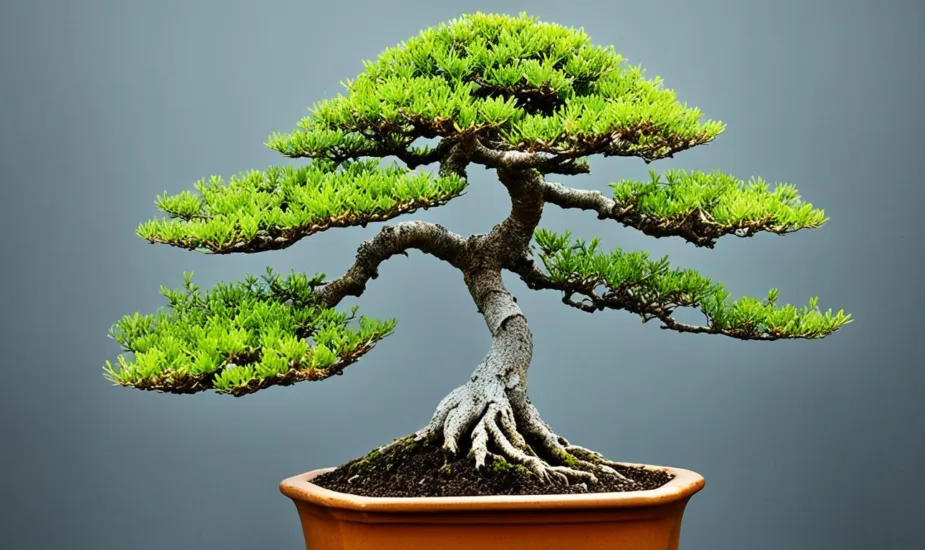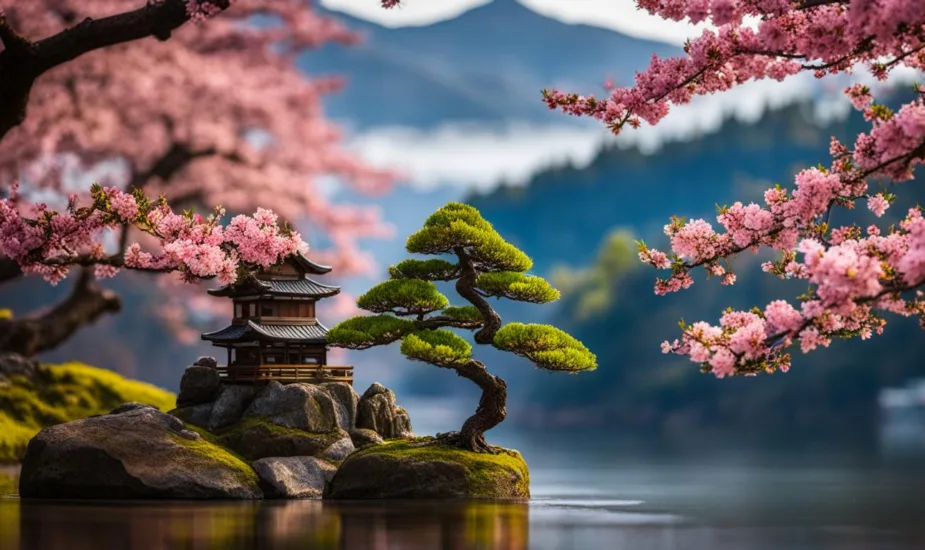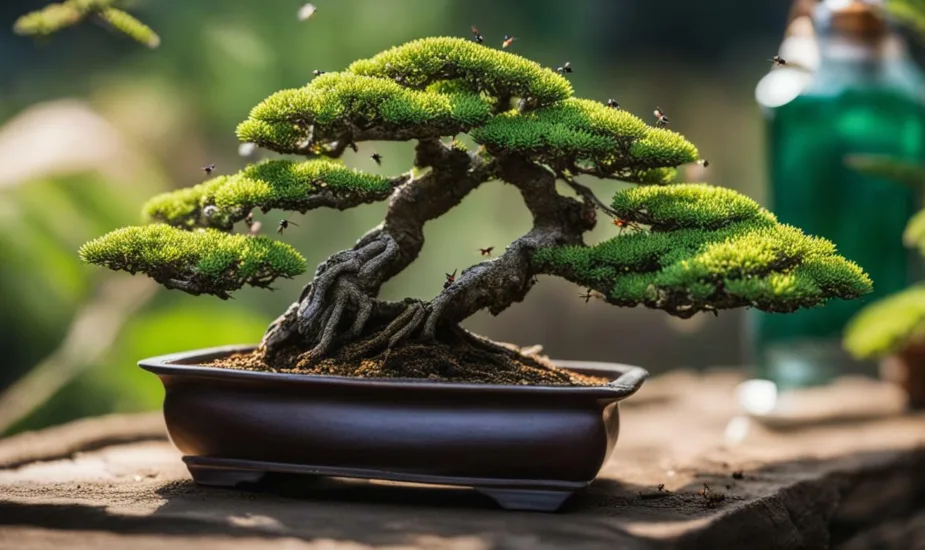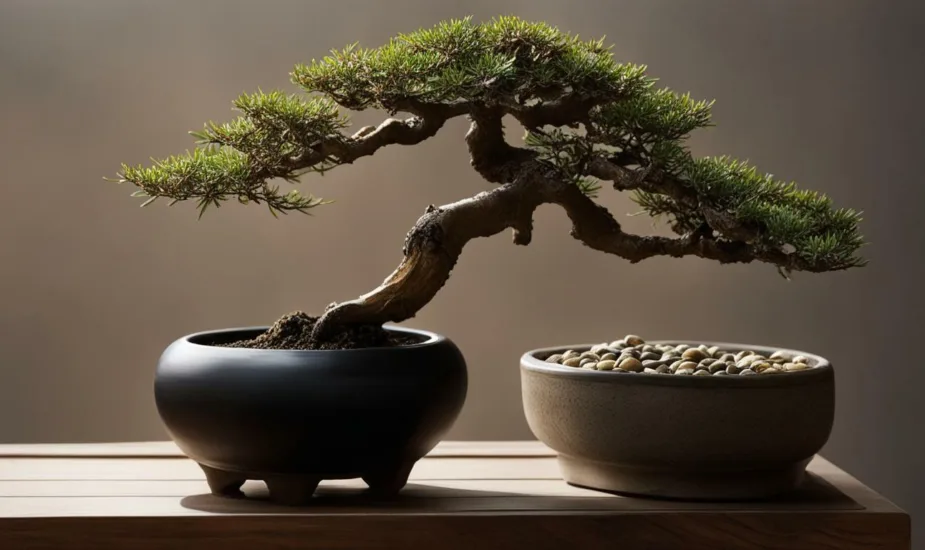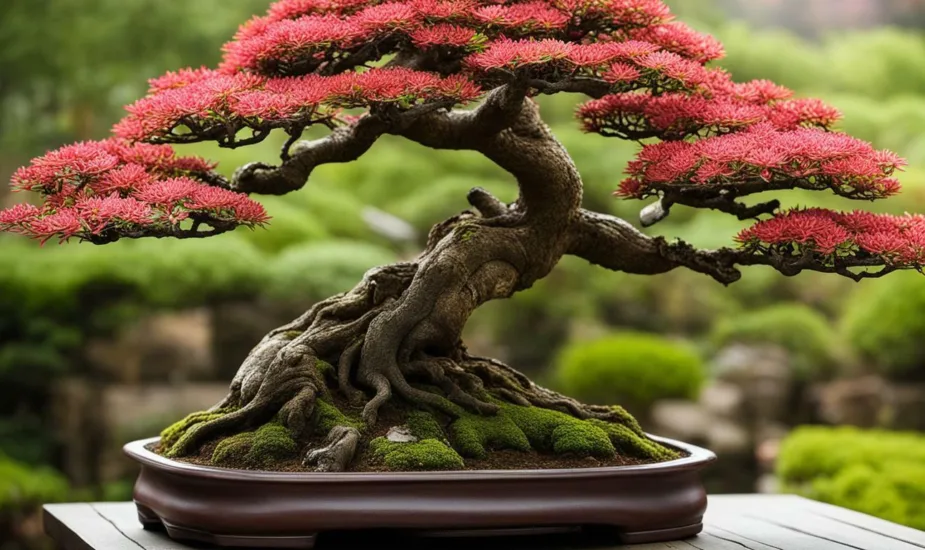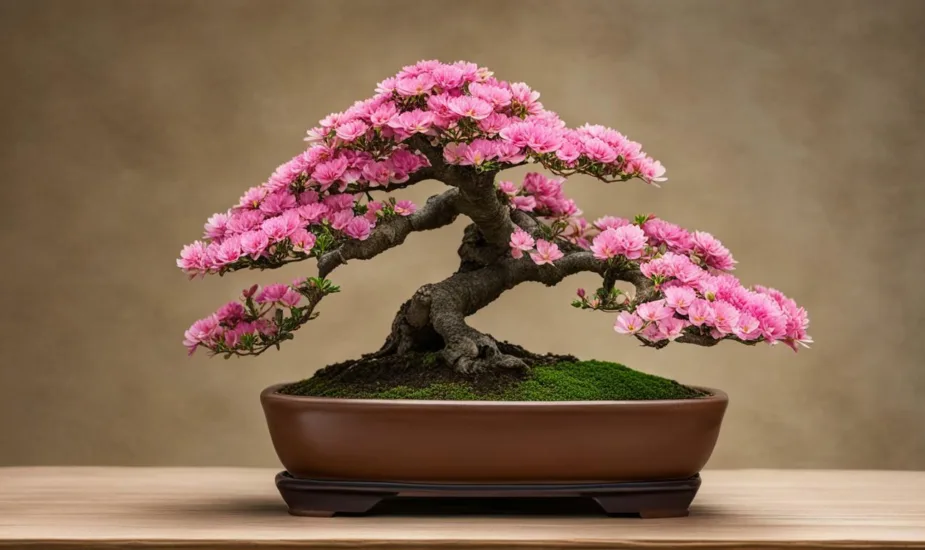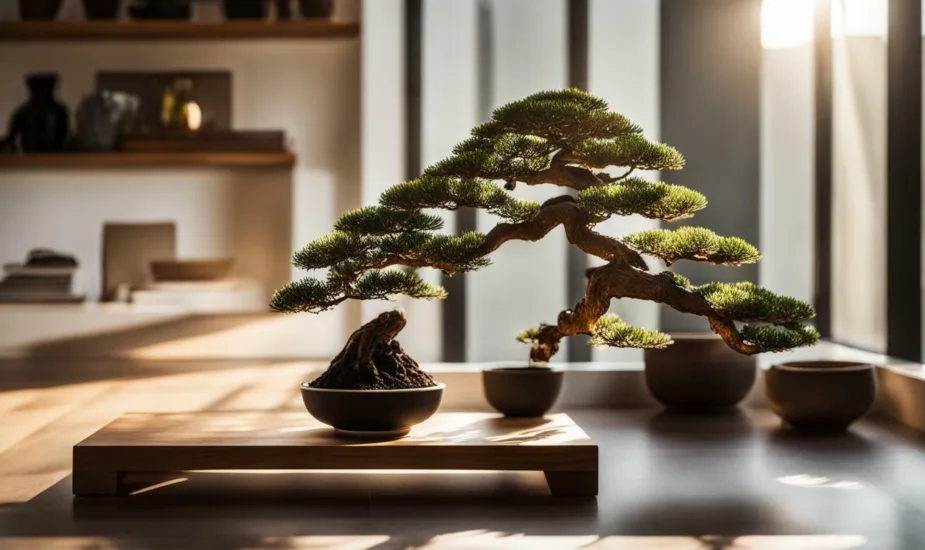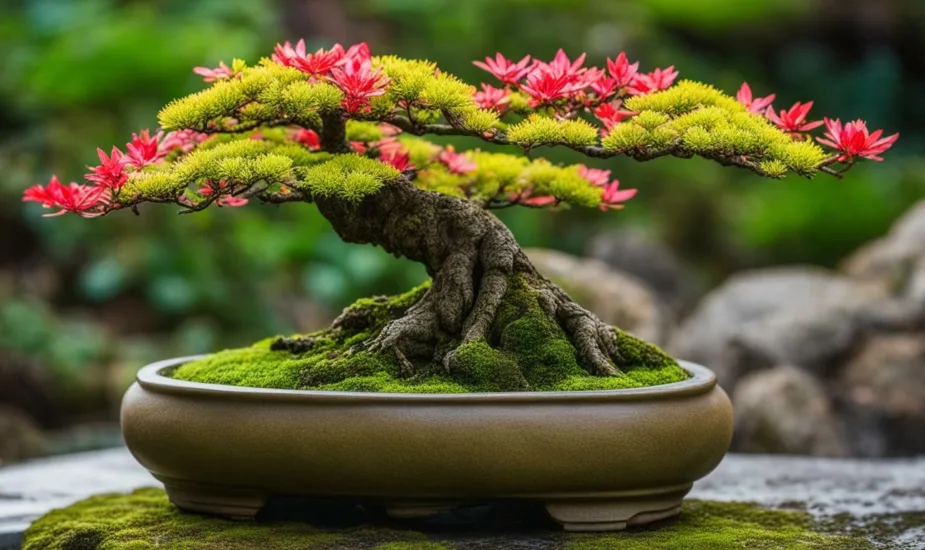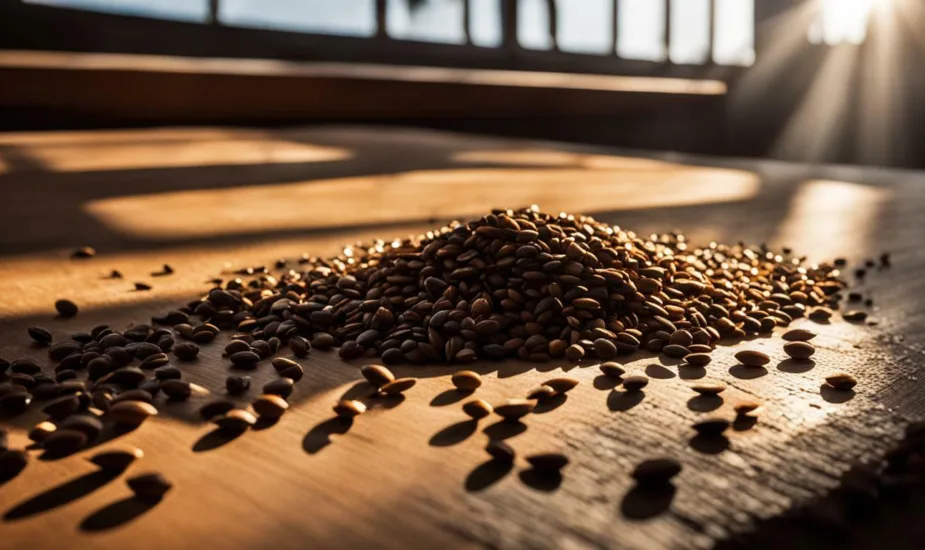What Happens If You Don’t Trim Bonsai Trees
I occasionally read the question "What Happens If You Don't Trim Bonsai?". Some people believe that pruning bonsai trees is unnecessary. Let's find out how frequently you should maintain your Bonsai length.

So What Happens If You Don’t Trim Bonsai Trees?
Pruning bonsai is essential for maintaining the tree’s shape, controlling growth, and promoting overall health. Without regular pruning, branches can become long and heavy, causing the tree to become top-heavy and potentially leading to its collapse. Unpruned bonsai will also lack the classic bonsai shape.
Furthermore, pruning helps keep the tree compact and prevents it from competing with its own roots for resources. Overall, pruning is necessary for the proper development and maintenance of a healthy bonsai tree.
Pruning can be done year-round, with maintenance pruning focusing on maintaining the shape and structural pruning used to create the basic shape of the tree. It is important to prune during the warmer months to promote healthy growth.
Bonsai should be pruned regularly, with the frequency depending on the species of the tree and the desired look. Pruning can be done using bonsai scissors, and it is important not to remove too much at once to avoid shocking the tree.
Additionally, bonsai trees should be trimmed during the winter months, but extreme cold weather should be avoided to prevent damage.
Regular pruning is necessary to encourage healthy foliage growth and maintain the desired shape of the tree.
If bonsai trees are not pruned regularly, they will continue to grow like normal trees and lose their bonsai characteristics. Regular pruning promotes proper airflow, prevents pests and diseases, and prevents the tree from outgrowing its container.
Pruning can be done throughout the year, but the purpose and techniques vary depending on the season. Spring pruning increases branch ramification and maintains the shape, summer pruning controls overall growth, autumn pruning maintains the shape and removes elongated branches, and winter pruning is done to create the basic shape through structural pruning.
The frequency of pruning depends on factors such as the tree’s species, age, and desired shape and style. Coniferous trees require less pruning than deciduous trees, younger trees require more frequent pruning than older trees, and the desired shape and style of the tree also affect pruning frequency.
In summary, regular and proper pruning is necessary to maintain the health and aesthetics of bonsai trees.
The Benefits and Techniques of Bonsai Pruning
Learn about the benefits and techniques of bonsai pruning to ensure the health and aesthetics of your bonsai trees.
Pruning bonsai is essential for maintaining the tree’s shape, controlling growth, and promoting overall health. Without regular pruning, branches can become long and heavy, causing the tree to become top-heavy and potentially leading to its collapse. Unpruned bonsai will also lack the classic bonsai shape.
Furthermore, pruning helps keep the tree compact and prevents it from competing with its own roots for resources. Overall, pruning is necessary for the proper development and maintenance of a healthy bonsai tree. Pruning can be done year-round, with maintenance pruning focusing on maintaining the shape and structural pruning used to create the basic shape of the tree. It is important to prune during the warmer months to promote healthy growth.
Bonsai should be pruned regularly, with the frequency depending on the species of the tree and the desired look. Pruning can be done using bonsai scissors, and it is important not to remove too much at once to avoid shocking the tree. Additionally, bonsai trees should be trimmed during the winter months, but extreme cold weather should be avoided to prevent damage.
Regular pruning is necessary to encourage healthy foliage growth and maintain the desired shape of the tree. If bonsai trees are not pruned regularly, they will continue to grow like normal trees and lose their bonsai characteristics. Regular pruning promotes proper airflow, prevents pests and diseases, and prevents the tree from outgrowing its container.
Pruning can be done throughout the year, but the purpose and techniques vary depending on the season. Spring pruning increases branch ramification and maintains the shape, summer pruning controls overall growth, autumn pruning maintains the shape and removes elongated branches, and winter pruning is done to create the basic shape through structural pruning.
The frequency of pruning depends on factors such as the tree’s species, age, and desired shape and style. Coniferous trees require less pruning than deciduous trees, younger trees require more frequent pruning than older trees, and the desired shape and style of the tree also affect pruning frequency.
In summary, regular and proper pruning is necessary to maintain the health and aesthetics of bonsai trees. By understanding the benefits and techniques of bonsai pruning, you can ensure the longevity and beauty of your bonsai trees for years to come.
FAQ
Why is pruning bonsai important?
Pruning bonsai is essential for maintaining the tree’s shape, controlling growth, and promoting overall health. Without regular pruning, branches can become long and heavy, causing the tree to become top-heavy and potentially leading to its collapse. Unpruned bonsai will also lack the classic bonsai shape. Furthermore, pruning helps keep the tree compact and prevents it from competing with its own roots for resources.
When should bonsai be pruned?
Pruning can be done year-round, with maintenance pruning focusing on maintaining the shape and structural pruning used to create the basic shape of the tree. It is important to prune during the warmer months to promote healthy growth. Bonsai should be pruned regularly, with the frequency depending on the species of the tree and the desired look.
How should bonsai be pruned?
Bonsai can be pruned using bonsai scissors, and it is important not to remove too much at once to avoid shocking the tree. Additionally, bonsai trees should be trimmed during the winter months, but extreme cold weather should be avoided to prevent damage. Regular pruning is necessary to encourage healthy foliage growth and maintain the desired shape of the tree.
What happens if bonsai trees are not pruned regularly?
If bonsai trees are not pruned regularly, they will continue to grow like normal trees and lose their bonsai characteristics. Regular pruning promotes proper airflow, prevents pests and diseases, and prevents the tree from outgrowing its container.
How often should bonsai be pruned?
The frequency of pruning depends on factors such as the tree’s species, age, and desired shape and style. Coniferous trees require less pruning than deciduous trees, younger trees require more frequent pruning than older trees, and the desired shape and style of the tree also affect pruning frequency.
 Little Garden Tips
Little Garden Tips




